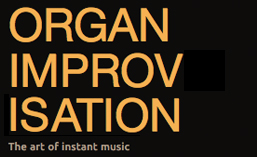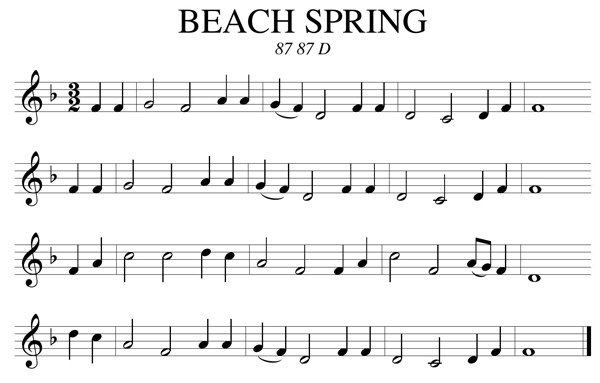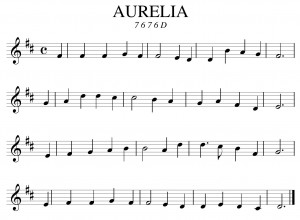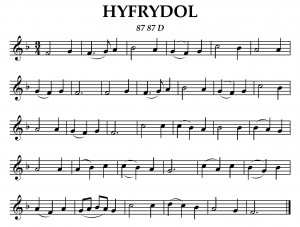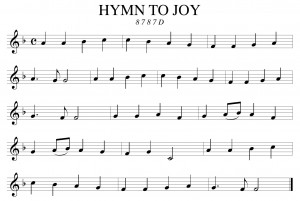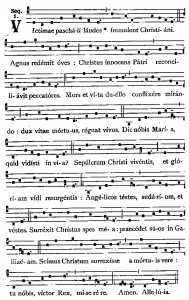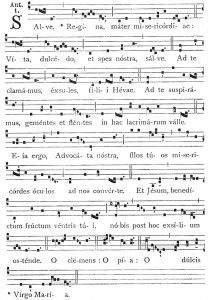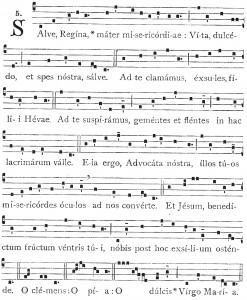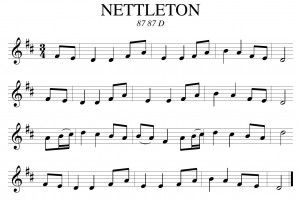 First published without any composer listed in Wyeth’s Repository of Sacred Music, Part Second (1813), this tune has been ascribed to both John Wyeth (1770-1858), pubisher of the collection and Asahel Nettleton (1783-1844), who was a well-known evangelist of the early nineteenth century for whom the tune is named. Nettleton published Village Hymns (1825), but this compilation had no music and there is no indication that Nettleton wrote any tunes at any time. Wyeth, a printer by trade, was known as a compiler and publisher of early shape-note tune books. However there is no evidence that he also wrote music, as he was not himself a musician.
First published without any composer listed in Wyeth’s Repository of Sacred Music, Part Second (1813), this tune has been ascribed to both John Wyeth (1770-1858), pubisher of the collection and Asahel Nettleton (1783-1844), who was a well-known evangelist of the early nineteenth century for whom the tune is named. Nettleton published Village Hymns (1825), but this compilation had no music and there is no indication that Nettleton wrote any tunes at any time. Wyeth, a printer by trade, was known as a compiler and publisher of early shape-note tune books. However there is no evidence that he also wrote music, as he was not himself a musician.
See a list of other popular hymn and chorale themes here.
Videos:
Timothy Howard – Improvised postlude on NETTLETON – Pasadena Presbyterian Church, California
